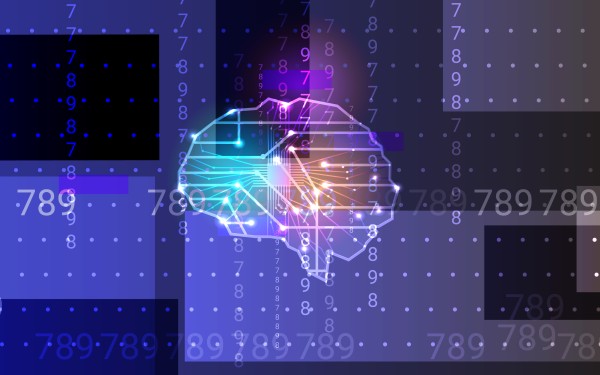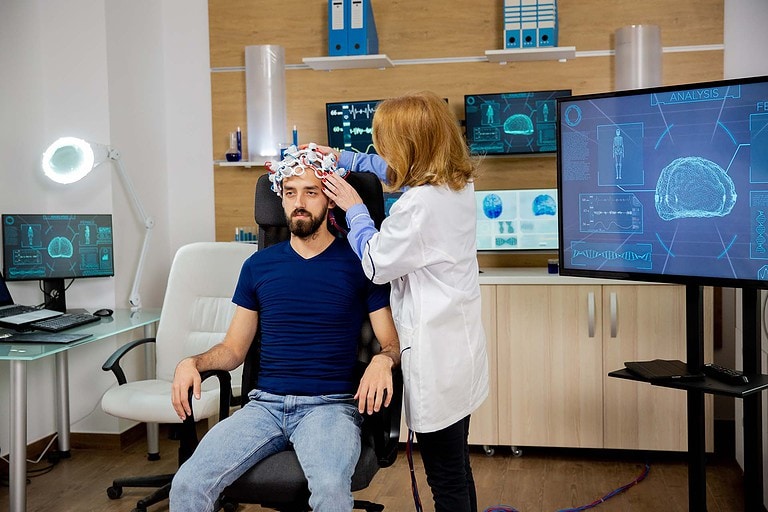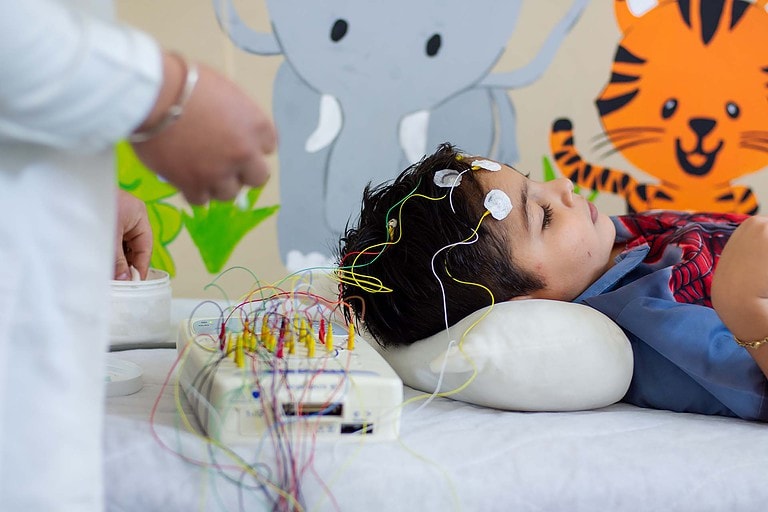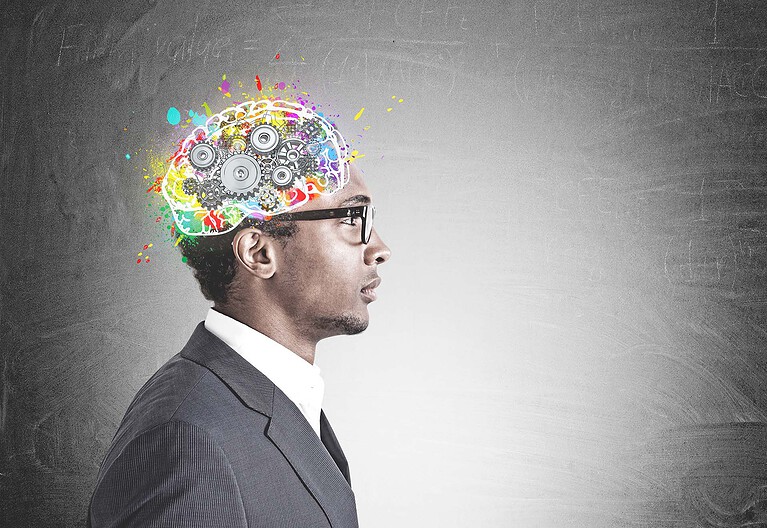Recent advancements in brain-computer interface technology are transforming how humans interact with machines. This article examines cutting-edge developments in BCI systems, exploring their applications in healthcare, communication, and human augmentation while highlighting the technological breakthroughs enabling direct neural interfaces between the human brain and external devices.
The Evolution of Neural Technology
Brain-computer interfaces represent one of the most promising frontiers in modern science, offering direct communication pathways between neural activity and external systems. Unlike conventional input methods that rely on physical movement, BCIs interpret signals directly, creating more intuitive and efficient connections between biological and technological systems.
Signal Acquisition and Processing Breakthroughs
Modern systems employ various methods to capture brain activity, each with distinct advantages: Electroencephalography (EEG) is a non-invasive technology using scalp electrodes, offering accessibility but lower spatial resolution. Recent advances in signal processing algorithms and machine learning techniques have dramatically improved the accuracy of neural signal interpretation. These computational methods can now distinguish subtle patterns in brain activity associated with specific intentions or mental states, enabling more precise control and communication through thought alone. The signal processing pipeline in modern BCIs involves multiple sophisticated stages, from filtering unwanted noise to extracting relevant features and classifying neural patterns.
The practical utility of these interfaces has expanded significantly with hardware innovations that reduce size, weight, and power requirements. Modern systems incorporate wireless data transmission, eliminating cumbersome cable connections and enabling use in everyday environments. This miniaturization represents a crucial step toward making neurotechnology advancements accessible beyond specialized laboratory settings.
Transformative Medical Applications
The most immediate impact of BCI technology is evident in healthcare, where these systems provide new hope for individuals with neurological impairments and movement disorders.
Restoring Communication and Control
For people with conditions like amyotrophic lateral sclerosis (ALS) or locked-in syndrome, brain-computer interfaces offer crucial communication channels when conventional methods are unavailable. Advanced spelling systems now allow users to compose messages with increasing speed and accuracy by directly interpreting neural intentions, restoring a fundamental aspect of human connection.
Mobility solutions powered by these technologies are helping individuals with paralysis regain independence. From controlling robotic limbs to operating motorized wheelchairs, these systems translate neural commands into physical actions. Clinical trials demonstrate that with training, users can achieve increasingly natural control as neural plasticity allows the brain to adapt to these new interaction modes. Recent developments have extended these capabilities to sensory feedback, creating bidirectional interfaces that not only receive commands from the brain but also deliver sensations back to the user. This sensory feedback significantly enhances the usability of neural prosthetics by providing tactile information that guides movement and manipulation, creating a more complete restoration of function.
BCIs are revolutionizing rehabilitation approaches for stroke and spinal cord injury patients. By detecting even minimal neural activity associated with movement intention, these systems provide crucial feedback that promotes neuroplasticity and functional recovery. This neurofeedback approach creates closed-loop systems where patients can visualize their brain activity and practice modulating it in ways that support healing.
Ongoing clinical studies demonstrate that BCI-assisted rehabilitation can accelerate recovery compared to conventional therapies alone. By engaging neural pathways that remain intact after injury, these approaches help reorganize brain function to compensate for damaged areas. The quantifiable nature of BCI data also enables more precise progress tracking and personalized therapy adjustments.
Beyond Medical Applications: Expanding Human Capabilities
While therapeutic applications currently dominate the field, these systems also hold tremendous potential for enhancing typical human abilities, opening new possibilities for how we interact with technology and information.
Cognitive Enhancement Through Neural Feedback
Neurofeedback applications enable users to visualize and potentially regulate their own brain activity for attention training, stress management, and cognitive performance. Early research suggests these techniques may help users achieve optimal mental states for learning, creativity, or focused work. The growing field of “neurogaming” utilizes BCIs to create experiences controlled by thought or modulated by mental states. These applications range from simple concentration exercises to complex virtual worlds navigated through neural commands. Beyond entertainment, these systems show promise as training tools for attention management and emotional regulation skills that transfer to real-world scenarios.
In high-stakes environments like aviation or emergency response, passive monitoring systems can track cognitive states like alertness, cognitive load, and stress levels without requiring active user control. These systems could provide early warning of fatigue or attention lapses, potentially preventing accidents and improving safety. The integration of brain-computer interfaces with augmented reality presents particularly intriguing possibilities for seamless information access and control. Imagine navigating digital overlays with thought alone or receiving information based on detected interests or questions—these applications represent a fundamental shift in how humans might interact with both digital systems and physical environments enhanced by technology.
Ethical Considerations and Future Directions
As this technology continues to advance, important ethical questions about privacy, agency, and access demand careful consideration. The intimate nature of neural data necessitates robust protections and thoughtful governance frameworks. The future will likely see further integration with artificial intelligence, enabling more intuitive and adaptive systems that learn from neural feedback. As algorithms improve at interpreting complex brain activity patterns, the range of possible applications will expand dramatically, potentially transforming relationships between humans and machines in fundamental ways.
Researchers like Dr. Christian Beste are examining both the technical and ethical dimensions of these technologies, emphasizing the importance of user-centred design principles and appropriate safeguards. The work of Christian Beste and colleagues highlights how successful development requires collaborative approaches that consider not just what is technically possible, but what is beneficial and responsible for users and society.







